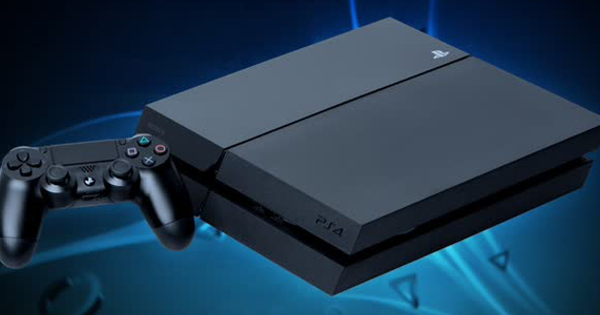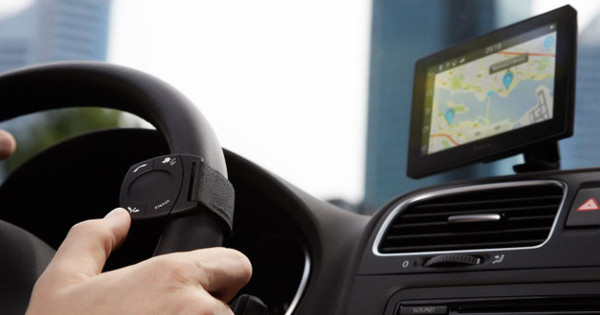Are you ready for a new computer? You can of course purchase a ready-made brand system from, for example, Dell or HP. Easy, but less fun. In a series of articles, consisting of three parts, we show how to assemble, build and install a computer.
If you are going to buy a new PC, you have the choice of a complete system or a system that you put together yourself. We assume the latter in this article. When assembling a PC, it is crucial that the right components are found together. There are many differences in the wide range of parts. There are differences in size, manufacturer and speed. It is like a kind of big puzzle where all the puzzle pieces have to fit together.
A useful tool when assembling a PC is the component Product info on the website www.hardware.info. Here you can find more than one hundred and fifty thousand products and they are easy to filter according to your wishes. For example, while selecting a motherboard, you can filter on the motherboards with the desired processor socket, chipset and the number of memory slots. Parts can be easily compared with each other. By selecting the checkboxes for the product and clicking Specificationsto compare, a temporary comparison table is created.
Once you have made a choice, you will immediately see on this website the store where the product is offered the cheapest. Or you can add the product to a wish list and continue your search for the next item. Follow the order of this course when figuring out your parts. First, let's see how to assemble a PC. In the articles that follow, we'll take a closer look at assembling your new PC (Part 2) and the installation process (Part 3).

Using the Hardware.info website, you can compare prices between over one hundred and fifty thousand products and two hundred and fifty online stores.
Part 1: Assembling a PC
1 Processor
The first step in building a PC is choosing a processor. The processor largely determines the computing power that the computer has. There are only two processor manufacturers in the PC field: Intel and AMD. Intel is by far the largest processor manufacturer and also supplies the fastest processors. AMD often lags behind, but is usually cheaper than its competitor. Processor test results can be viewed on the website www.cpubenchmark.net.
In addition to the difference in brand, the connection to which they are connected is also different. Every year the processor manufacturers present improved processors and that often includes a new socket. Intel's latest processors use the Haswell architecture and form the fourth generation of Core processors. These Haswell processors are connected to the new socket LGA 1150. Like predecessors Sandy Bridge and Ivy Bridge, Haswell processors also have a built-in graphics chip.
AMD makes two types of processors: the FX-series for the high end of the market and the A-series for the mid-range and lower end of the market. The FX series uses socket AM3+ and these processors do not contain a graphics core. Actually, this series is not very interesting and Intel is more interesting. AMD's cheaper A-processors do have a built-in graphics chip, just like Intel's processors. AMD therefore does not call the processors cpu but apu (Accelerated Processing Unit).
A new generation of A-processors should be released soon, which are now known under codename Kaveri. The current A-processors use the FM2 socket, but motherboards with the new FM2+ socket for the Kaveri apus are already for sale and compatible with the existing FM2 processors. For example, an FM2+ motherboard can be purchased in advance and switched to an FM2+ processor next year without too much effort.
Intel is the fastest in terms of CPU and for a fast system focused on performance, we recommend an Intel processor. For a cheaper system, an AMD A processor is more interesting than a cheap Intel processor. The CPU part is still a bit less powerful than a comparably priced Intel processor, but AMD's graphics chip is a lot better. As a result, a cheap system without a separate graphics card is better balanced when using an AMD processor.

There are only two manufacturers that make PC processors: Intel and AMD.
Processor cooler
If you buy a new processor, a so-called stock cooler is included as standard. These coolers are more than sufficient for normal use. If you are going to overclock the processor, a better cooling is a wise choice.
When purchasing a cooler, make sure that you buy a cooler for the correct socket and processor. Don't forget to check whether a tube of thermal paste is included. In addition to the cooling performance, the noise production is a point to look at. The standard supplied coolers often produce slightly more noise than coolers that are sold separately.

For better cooling performance or a quieter system, you can replace the standard cooler with a better one.
2 Motherboard
All other components are connected to the motherboard. It is important that the hardware you want to use is compatible with the motherboard. There is a wide variety in motherboards, but you can already delete most of them because you have already selected a processor. You can only choose the motherboards with the correct socket for the processor.
Next, look at the chipset. The chipset provides communication between the processor and the rest of the hardware. The difference between the chipsets for the same socket is mainly in the number of connections, the possibility to connect multiple graphics cards and in overclocking options. AMD's cheapest chipset does not have this. The English pages of Wikipedia (AMD and Intel) are an ideal source of information.
The next thing to look at is the size of the motherboard. The most commonly used formats are: ATX, µATX (microATX) and Mini-ITX. ATX is the largest in size, the other two are smaller and are also suitable for smaller cases. Typically, the more expensive motherboards with many options come in the ATX format, while cheaper motherboards are sold in a smaller format as µATX.
After making this choice, only a select number of motherboards remain. Now you can look at luxury things such as the support of RAID, the number of PCI-E ports and the number of USB3.0 ports. In the example configurations, we made sure that all proposed systems have USB 3.0.

